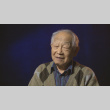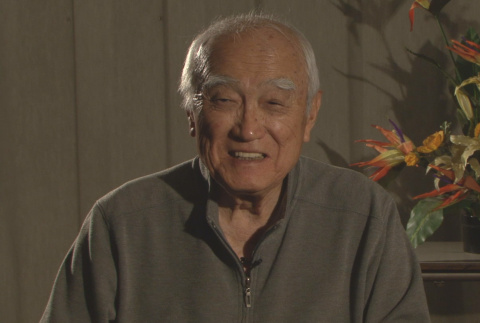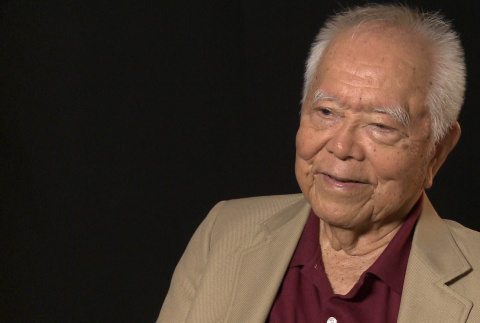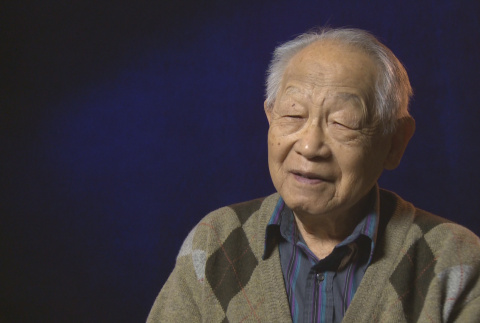Fishing and canneries
Japanese Americans found work at salmon canneries along the Columbia River in Oregon and Washington, and their labor was welcomed in Alaskan towns such as Ketchikan and Petersburg as early as the 1890s. They traveled by ship to the cannery towns, where they slowly developed small communities whose population swelled with the yearly arrival of workers. Issei (Japanese immigrant) entrepreneurs started the oyster industry from scratch in Puget Sound. Japanese American oyster farms became thriving businesses before World War II.
Industry and employment
(481)
Fishing and canneries
(256)
Related articles from the
Densho Encyclopedia :
Takahashi v. Fish and Game Commission
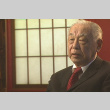
This interview was conducted by sisters Emiko and Chizuko Omori for their 1999 documentary, Rabbit in the Moon, about the Japanese American resisters of conscience in the World War II incarceration camps. As a result, the interviews in this collection are typically not life …

This material is based upon work assisted by a grant from the Department of the Interior, National Park Service. Any opinions, finding, and conclusions or recommendations expressed in this material are those of the author(s) and do not necessarily reflect the views of the Department of the Interior.

This material is based upon work assisted by a grant from the Department of the Interior, National Park Service. Any opinions, finding, and conclusions or recommendations expressed in this material are those of the author(s) and do not necessarily reflect the views of the Department of the Interior.
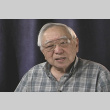
This interview focuses on the narrator's experiences working in the Alaska salmon cannery system in the 1930s.

This interview focuses on the narrator's experiences working in the Alaska salmon cannery system in the 1930s.

This interview focuses on the narrator's experiences working in the Alaska salmon cannery system in the 1930s.

This interview focuses on the narrator's experiences working in the Alaska salmon cannery system in the 1930s.

This interview focuses on the narrator's experiences working in the Alaska salmon cannery system in the 1930s.

This interview focuses on the narrator's experiences working in the Alaska salmon cannery system in the 1930s.

This interview focuses on the narrator's experiences working in the Alaska salmon cannery system in the 1930s.

This interview focuses on the narrator's experiences working in the Alaska salmon cannery system in the 1930s.

This interview focuses on the narrator's experiences working in the Alaska salmon cannery system in the 1930s.

This interview focuses on the narrator's experiences working in the Alaska salmon cannery system in the 1930s.

This interview focuses on the narrator's experiences working in the Alaska salmon cannery system in the 1930s.

This interview focuses on the narrator's experiences working in the Alaska salmon cannery system in the 1930s.

This interview focuses on the narrator's experiences working in the Alaska salmon cannery system in the 1930s.

This interview focuses on the narrator's experiences working in the Alaska salmon cannery system in the 1930s.

This interview focuses on the narrator's experiences working in the Alaska salmon cannery system in the 1930s.

This interview focuses on the narrator's experiences working in the Alaska salmon cannery system in the 1930s.

This interview focuses on the narrator's experiences working in the Alaska salmon cannery system in the 1930s.

This interview focuses on the narrator's experiences working in the Alaska salmon cannery system in the 1930s.

This interview focuses on the narrator's experiences working in the Alaska salmon cannery system in the 1930s.
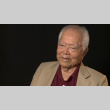
This material is based upon work assisted by a grant from the Department of the Interior, National Park Service. Any opinions, finding, and conclusions or recommendations expressed in this material are those of the author(s) and do not necessarily reflect the views of the Department of the Interior.
